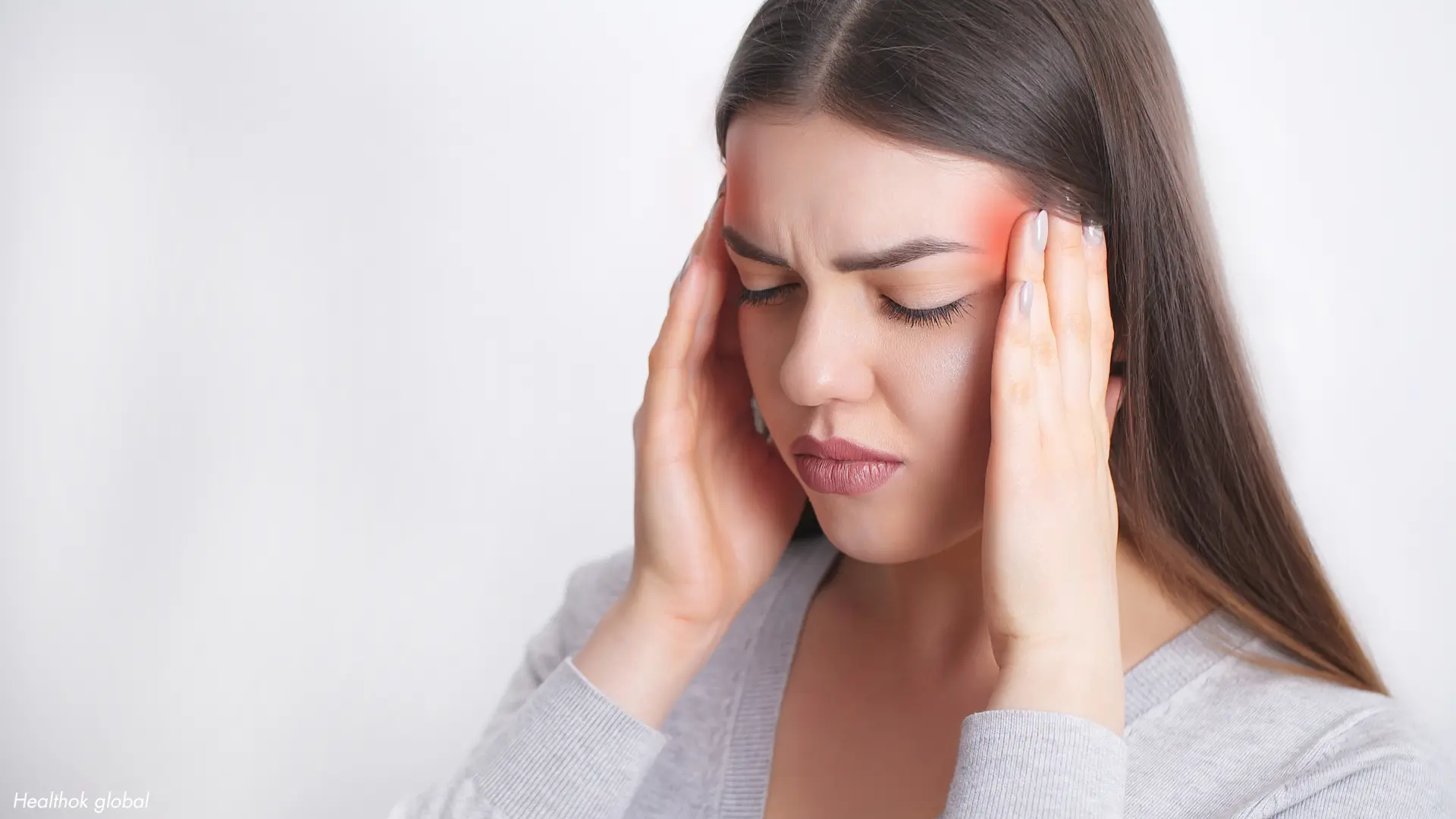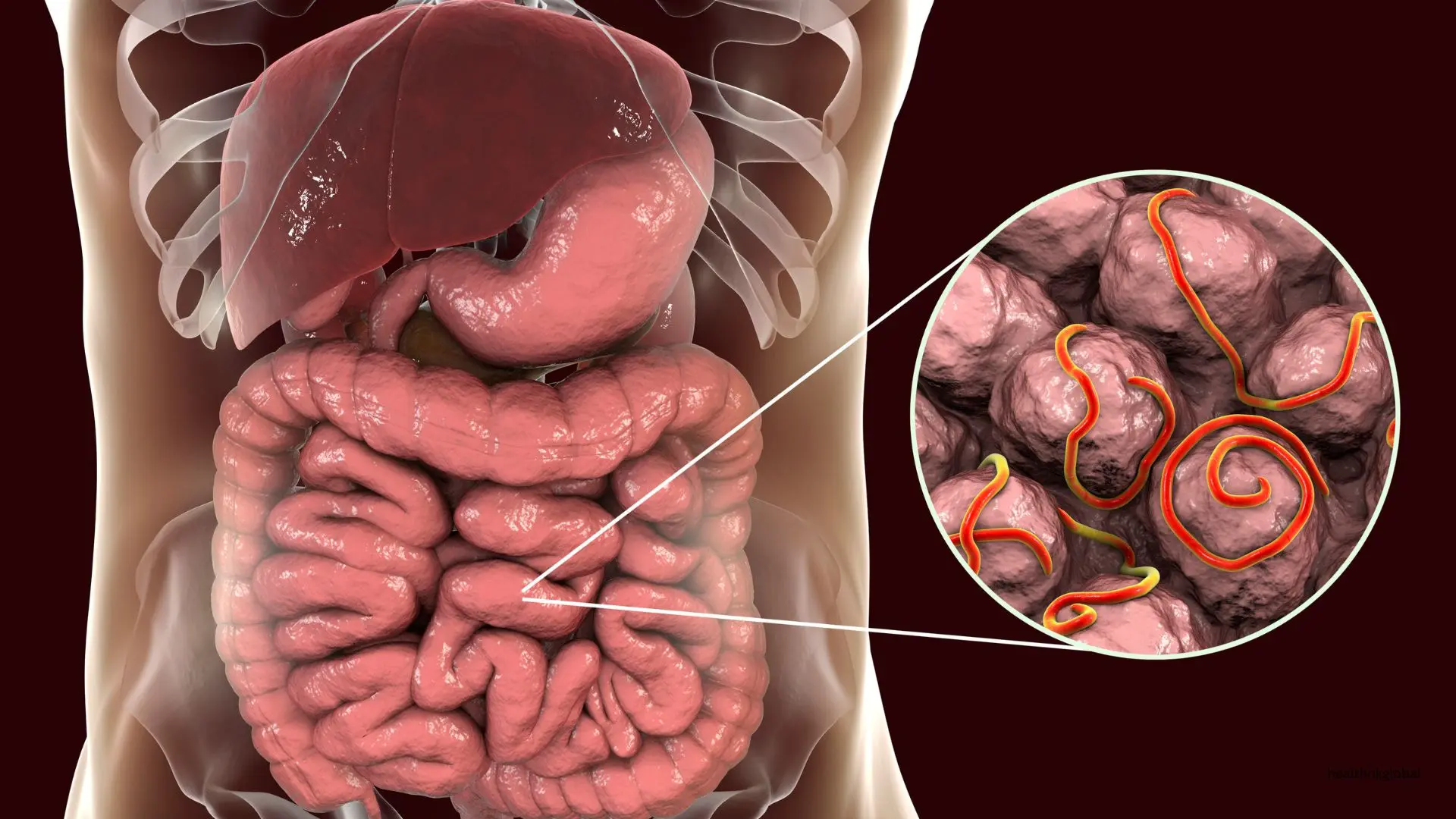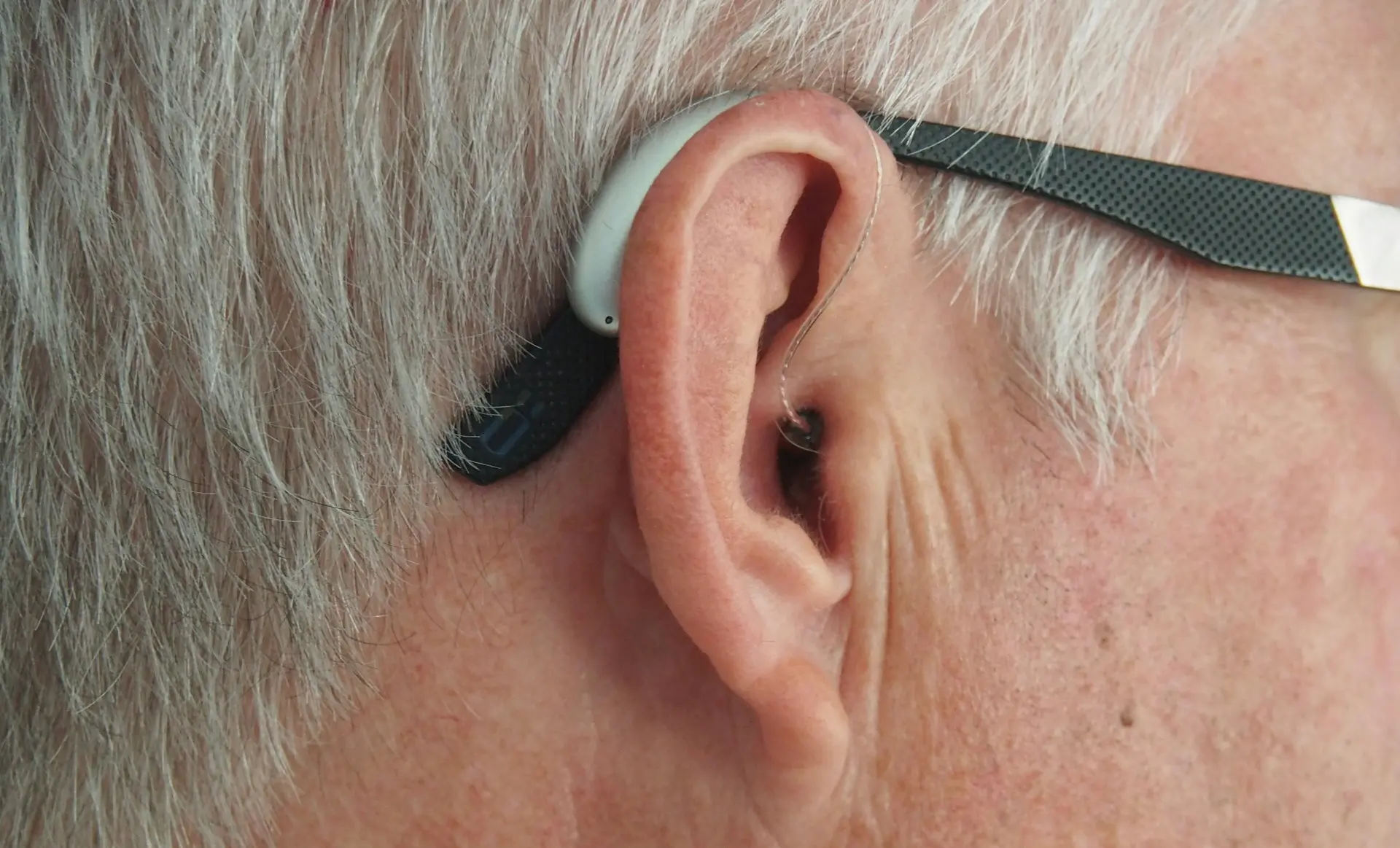Explore everything about migraines—from early symptoms to treatment options including tablets, Ayurveda, homeopathy, yoga, and exercises. A complete migraine relief guide.
Migraine is a neurological condition that affects more than 1 billion people globally. Characterized by intense headaches, often accompanied by nausea, light sensitivity, and visual disturbances, it can severely impact quality of life. In this guide, we’ll explore the pathophysiology of migraine, key symptoms, types (including ocular migraines), and effective treatments—ranging from conventional migraine tablets to ayurvedic remedies, yoga, and exercises.
What is Migraine?
Migraine meaning: Migraine is not just a headache—it is a chronic neurological condition. The pain often occurs on one side of the head and can last from a few hours to several days.
- Migraine meaning in Hindi: माथा (Matha dard ya sir dard jo bar bar hota hai)
- Migraine meaning in Tamil: முந்தலை தலையில் ஏற்படும் வலி
According to the
ICD-10 classification, migraine is coded as
G43, with variations for migraine with aura (G43.1) and without aura (G43.0).
Symptoms of Migraine
Common migraine symptoms (
migraine ke lakshan) include:
- Throbbing or pulsing pain, often on one side
- Nausea or vomiting
- Visual disturbances or aura
- Light and sound sensitivity
- Dizziness and fatigue
- Head pain centered on top of the head (migraine on top of head)
Types of Migraine
- Classic Migraine (with aura): Includes visual or sensory warning symptoms
- Common Migraine (without aura): Most frequent type
- Ocular Migraine: Temporary vision loss or flashing lights
- Chronic Migraine: Headaches occurring more than 15 days a month
Causes and Pathophysiology
Migraine kaise hota hai? Migraine is believed to be caused by abnormal brain activity affecting nerve signals, chemicals, and blood vessels. Triggers include:
- Hormonal changes
- Stress and poor sleep
- Certain foods (aged cheese, chocolate)
- Caffeine or alcohol overuse
- Genetic predisposition
Migraine Test and Diagnosis
While there’s no single test for migraine, diagnosis involves:
- Reviewing symptom history and patterns
- Physical and neurological examination
- Brain imaging (CT, MRI) to rule out other conditions
Migraine Tablets and Medicines
Popular
migraine tablets and medications:
- Triptans (Sumatriptan, Rizatriptan)
- NSAIDs (Ibuprofen, Naproxen)
- Ergots (Dihydroergotamine)
- Anti-nausea drugs
- Beta blockers and anticonvulsants for prevention
Migraine medicine must be prescribed based on individual symptoms.
Ayurvedic and Homeopathic Migraine Treatment
Migraine treatment in Ayurveda includes detox therapies, herbal remedies like Ashwagandha and Brahmi, and Panchakarma. Migraine homeopathic medicine options include Belladonna, Glonoinum, and Iris Versicolor.
Yoga and Exercise for Migraine Relief
Migraine yoga includes calming asanas and breathwork:
- Child’s Pose (Balasana)
- Bridge Pose
- Shavasana
- Alternate nostril breathing (Nadi Shodhana)
Migraine exercises like walking and stretching also help reduce severity.
Diet Tips and Natural Remedies
Avoid processed foods, skip missed meals, and stay hydrated. For more detox remedies, read about
papaya leaves and seeds.
HPV Vaccine and Migraine: Any Connection?
Some individuals report mild headaches after vaccinations like the
HPV vaccine, but there is no proven link between vaccines and chronic migraine conditions.
FAQs About Migraine
What is migraine ICD 10 code?
Migraine ICD-10 code is G43, with subtypes for migraines with and without aura.
Can exercise prevent migraines?
Yes, regular low-impact exercise can help reduce migraine frequency and severity.
Is migraine dangerous?
Although not life-threatening, chronic migraines can reduce quality of life and cause work or school absenteeism.
What are natural treatments for migraine?
Ayurveda, homeopathy, yoga, and hydration are effective complementary remedies.
Are there any foods that trigger migraines?
Yes, cheese, chocolate, alcohol, and caffeine can be common dietary triggers.
Connect With HealthOK Global
HealthOK Global simplifies healthcare with expert guidance, access to affordable medicines, and personalized health plans. Chat with our FREE 24 x 7 Helpline at
+91-8047190955 for support anytime.
Follow Us for More Health Resources






